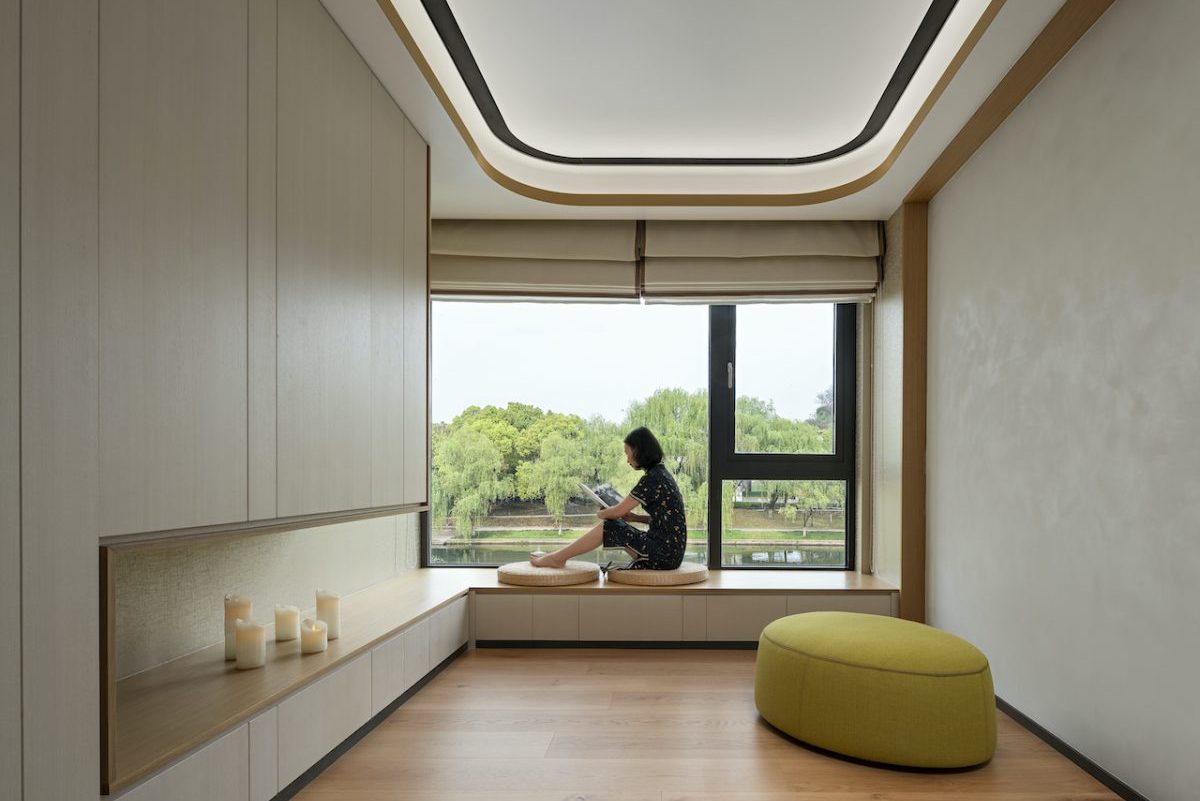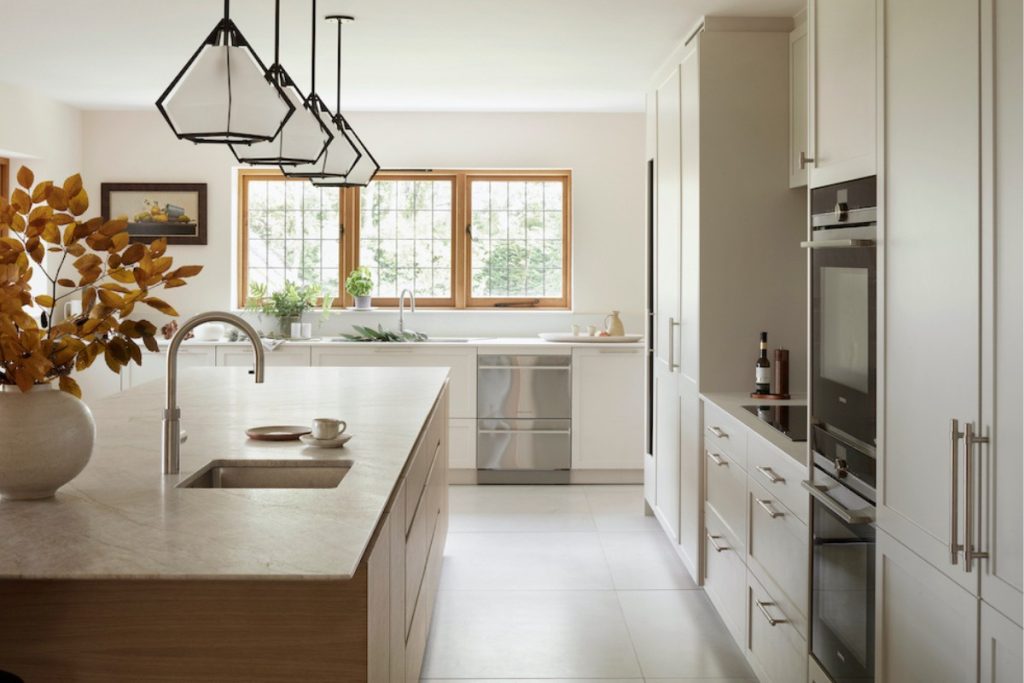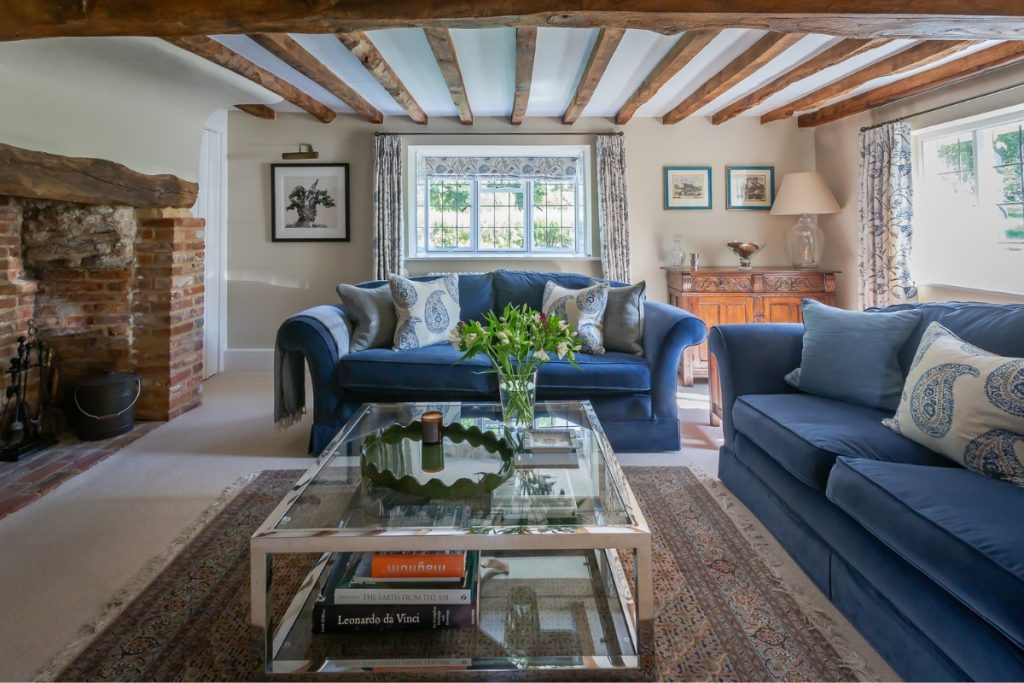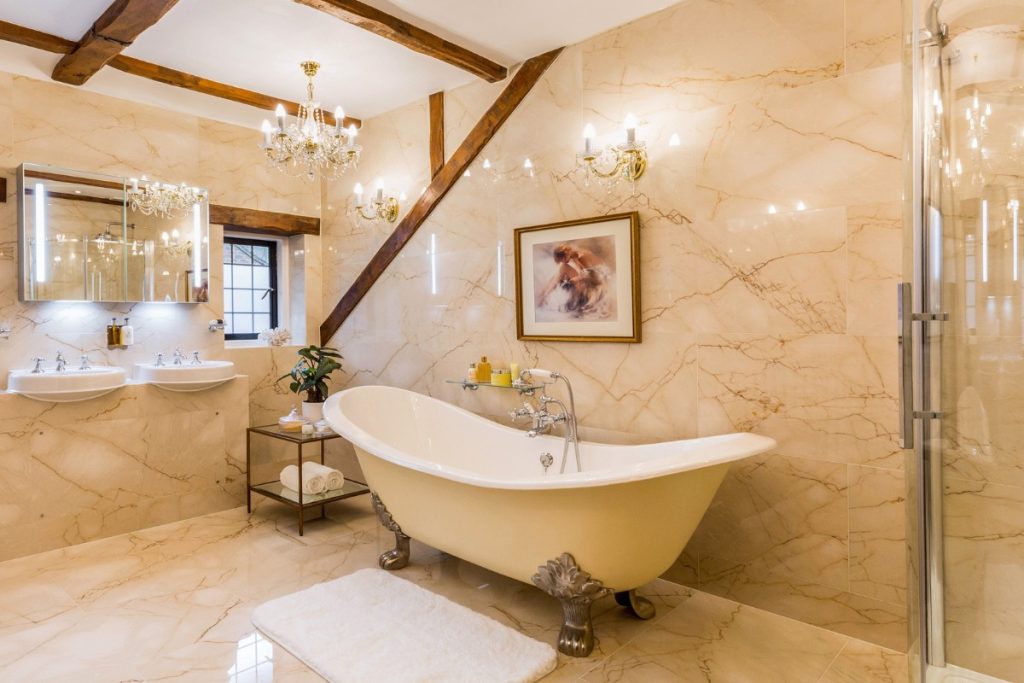 18th January 2022 | IN CORONAVIRUS | BY SBID
18th January 2022 | IN CORONAVIRUS | BY SBIDThe lifestyle changes brought about by the coronavirus pandemic changed people’s practical, aesthetic, and atmospheric needs when it came to their homes – for instance, remote working meant that most people suddenly needed a suitable workspace.
While it’s still uncertain whether coronavirus is here to stay, the interior design trends it inspired are certainly sticking around. In this blog, the Society of British & International Interior Design (SBID) takes a brief look at some of the ways in which the pandemic has altered modern home design.
Home offices
Most households don’t have a designated workspace, so many people had to improvise during the pandemic by repurposing existing spaces. However, once it became apparent that fully remote or hybrid working was here to stay, people began to make more permanent adjustments. Be it a secluded corner of a room or a separate home office, having a specific space used only for work has now become common. This is likely to be reflected in architectural designs in coming years.
It has also become important for these spaces to be aesthetically pleasing. There is more emphasis on ensuring the home workspace is prepared for Zoom calls – i.e. putting artwork, plants, natural lighting and zero clutter in the background – and is conducive to productivity and mental wellbeing.
Bringing nature indoors
Being constantly cooped up indoors gave people a newfound appreciation for nature and inspired them to think of new ways to incorporate it into their everyday lives. For many, this meant bringing it into their homes.
Adding greenery to living spaces makes us feel closer to nature and boosts physical and mental wellbeing. Getting house plants, creating a roof garden, finding a windowsill herb planter, or even just putting a vase of flowers on the dining room table worked wonders during lockdown, and will continue to do so post-pandemic.
Using biophilic architectural designs to cultivate calming, revitalising spaces through visual connection with nature is likely to grow in popularity over the next few years. We will also see increased demand for more conscious, eco-friendly homes which use natural construction materials such as brick, stone, and wood. Glass has also become increasingly popular, as it enables this visual connection with the outside world, increases natural light, and makes spaces seem bigger.
Multifunctionality
Prior to the pandemic, spacious open-plan homes were on-trend. However, after almost two years of spending more time at home and using that space for many different activities – for example working or learning from home, or even virtual gym classes – some designers think that older format homes with more rooms or seperate spaces could make a comeback.
With these new usage requirments, the demand for interiors to offer flexibility is on the rise. Consumers are looking for multipurpose spaces that are not only complex, diverse and interesting but also private and practical. This can’t be achieved with a single large, open-space room with everything exposed. Features like fold-away beds, pocket doors and retractable walls are the key to creating a multifunctional home that serves its required purpose but maintains the quiet and considered atmosphere that separate rooms can provide when needed.
At the Society of British & International Interior Design, we specialise in accrediting the profession’s interior designers for best practice. Our network of designers are highly skilled, educated and experienced, as reflected by their SBID accredited status, so you can rest assured that your project is in capable hands. Visit our Designer Directory to find experienced interior designers that match your requirements.
Cover image credits: Chains Interior – As the handscroll painting unfurls



